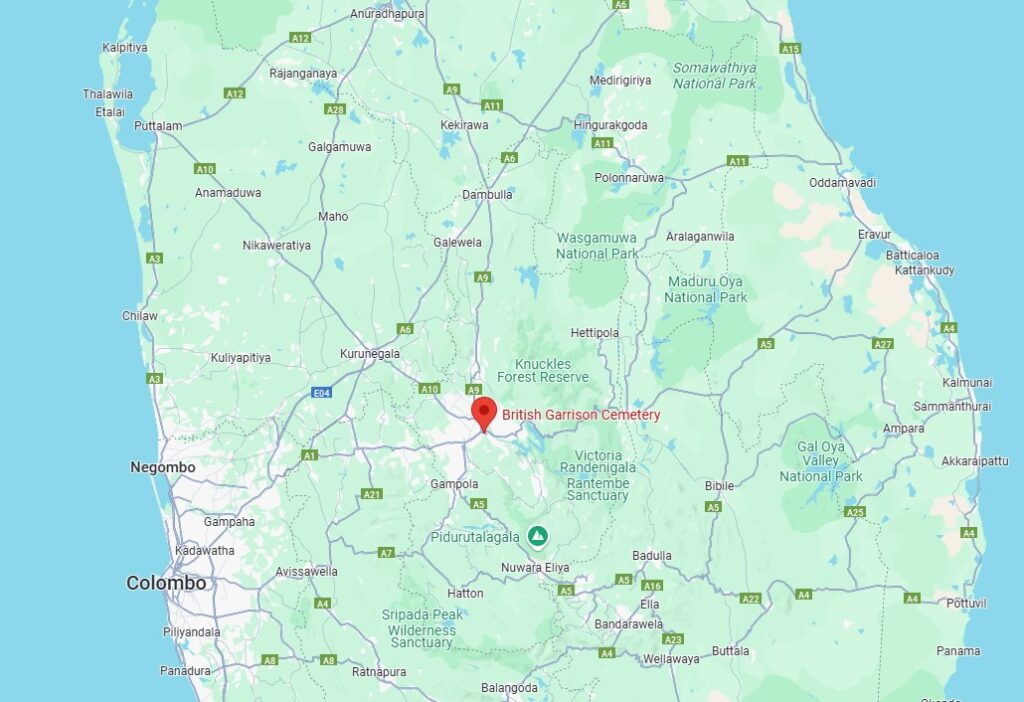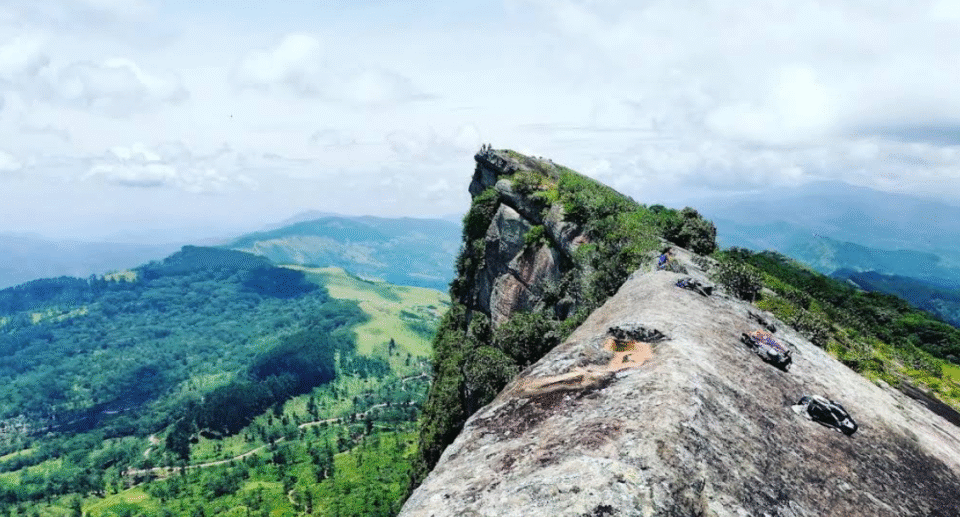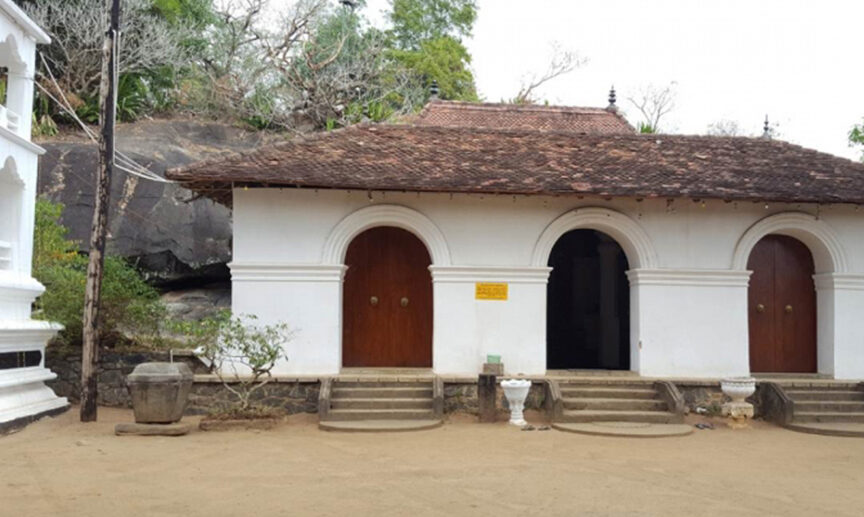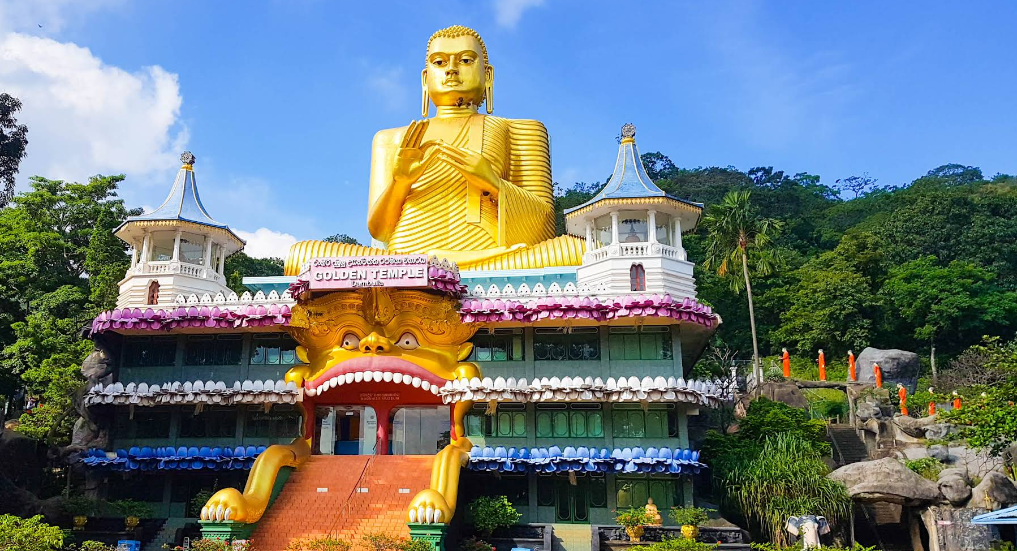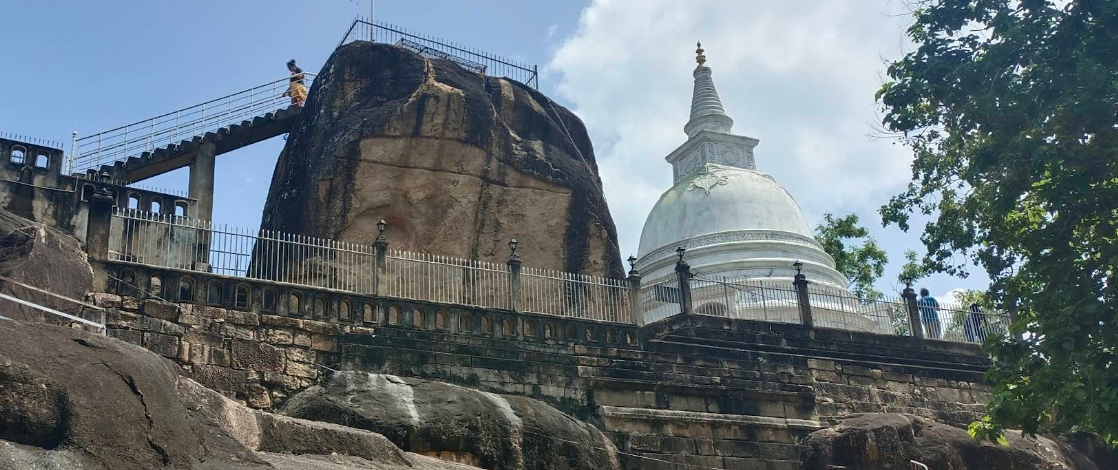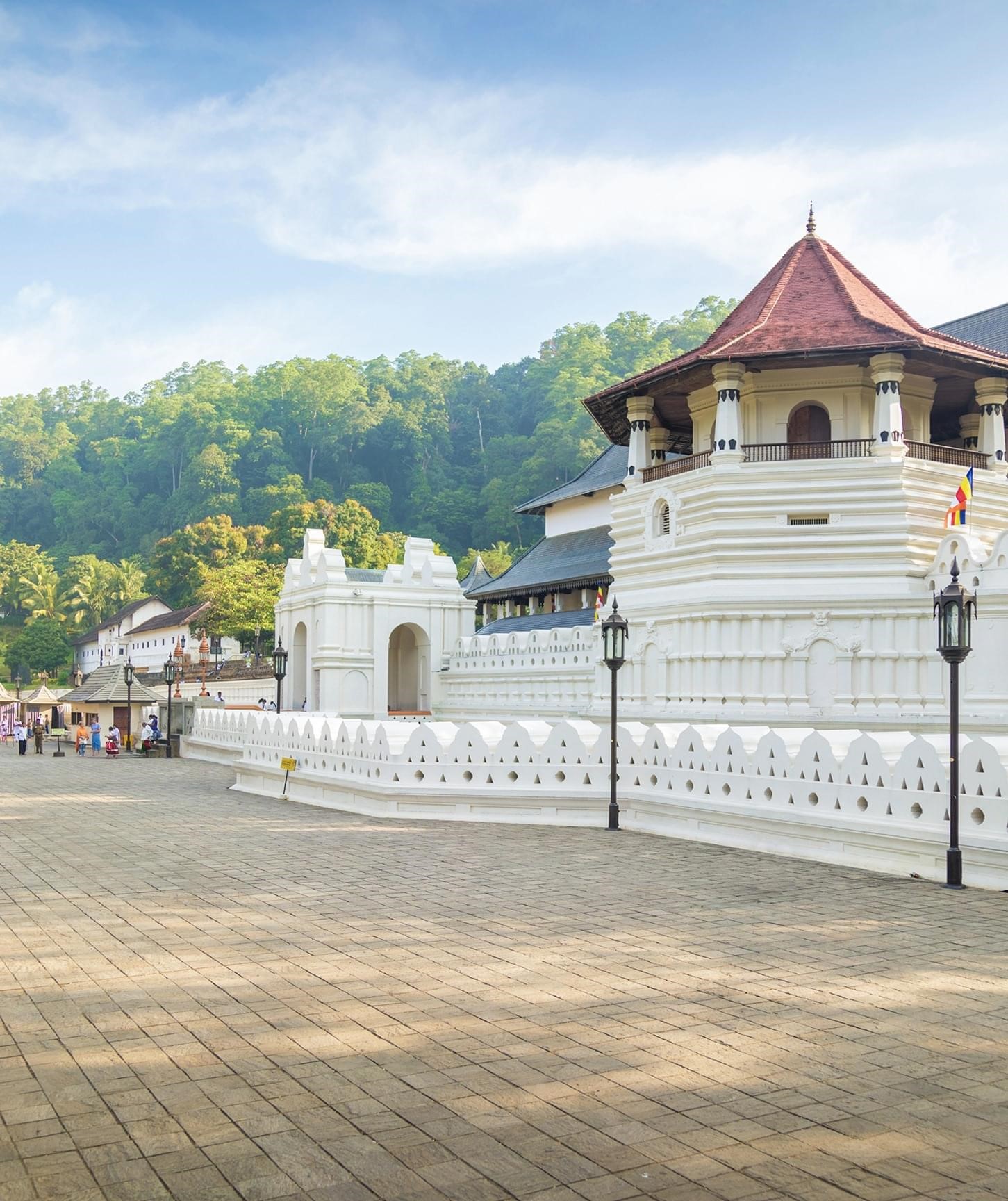British Garrison Cemetery Kandy: A Silent Witness to Colonial History
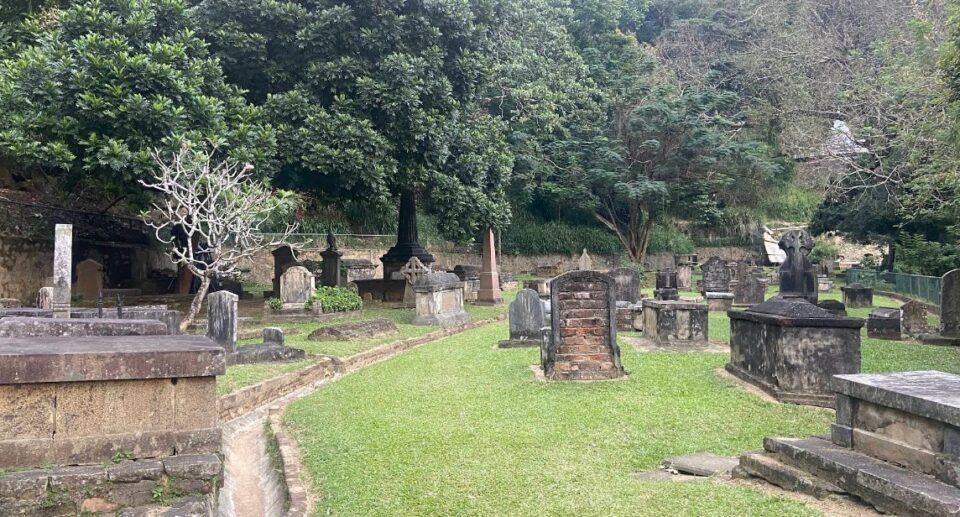
The British Garrison Cemetery is located in Kandy, Sri Lanka. It is generally referred to as the Kandy Garrison Cemetery, which in essence means that it is the cemetery where the British buried their nationals who died in Ceylon. It was established in 1817 shortly after the British occupied Kandy and ended in 1873 due to a ban on burials within the city limits, although special leave was given to allow burial of members of relatives of people buried in the cemetery, the last individual being Annie Fritz in 1951. There are 195 graves of men, women, and children. The most frequent murderers were tropical ailments like cholera and malaria. Since its establishment in 1822, this graveyard was the official place of eternal rest of many notables of Britain and Europe of the colonial era of Sri Lanka.
Despite the 1873 ban on burials within the Municipal boundary, a special provision was made to allow the burial of the relatives of the already deceased, in the 3/4 acre (1.85 hectares) cemetery. After Annie Fritz’s burial in 1951, death apparently also visited the Garrison Cemetery. identifying the resting places of the deceased and correlating the names and dates of death.
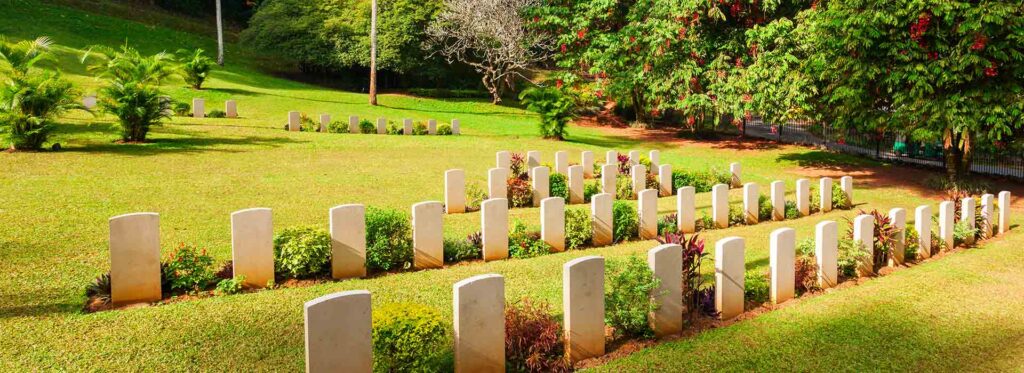
To enumerate, but a few of the 195 graves. The cemetery was restored in 1998 with money donated by the Commonwealth War Graves Commission and is now maintained by an organization called ‘The Friends of the British Garrison Cemetery in Kandy’. The cemetery comes under the grounds of the Sri Dalada Maligawa, the cemetery is maintained by the British while the land is maintained by the Diyawadana Nilame and the Chief Prelates
John Spottiswood Robertson – 1823-1856. The seventh and last documented murder of an European in Ceylon by wild elephants.
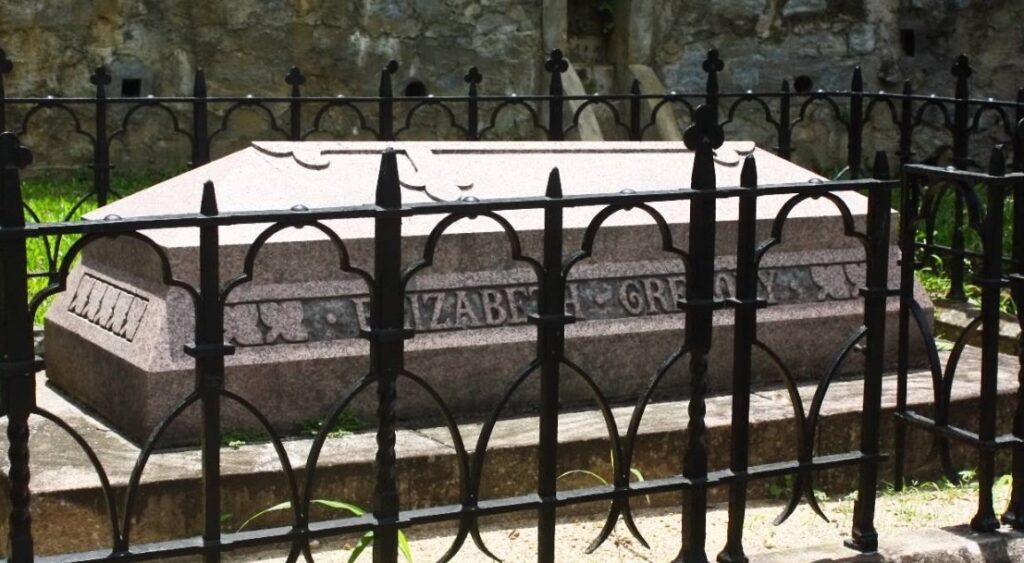
Leiut. General John Fraser – Renowned for his Satin Bridge, which had crossed the Mahaweli Ganga river at Peradeniya. Elegant single arch span of 205 feet long, existing between 1833 and 1905. Built on not a nail nor a bolt. A model is shown in the South Kensington museum.
This small oblong patch of cleared land, surrounded on three sides by the Udawathakelle Forest Sanctuary, where chattering monkeys and the pungent smell of elephants mingle with peace and quiet of this serener environment, are tombstones and black headstones.
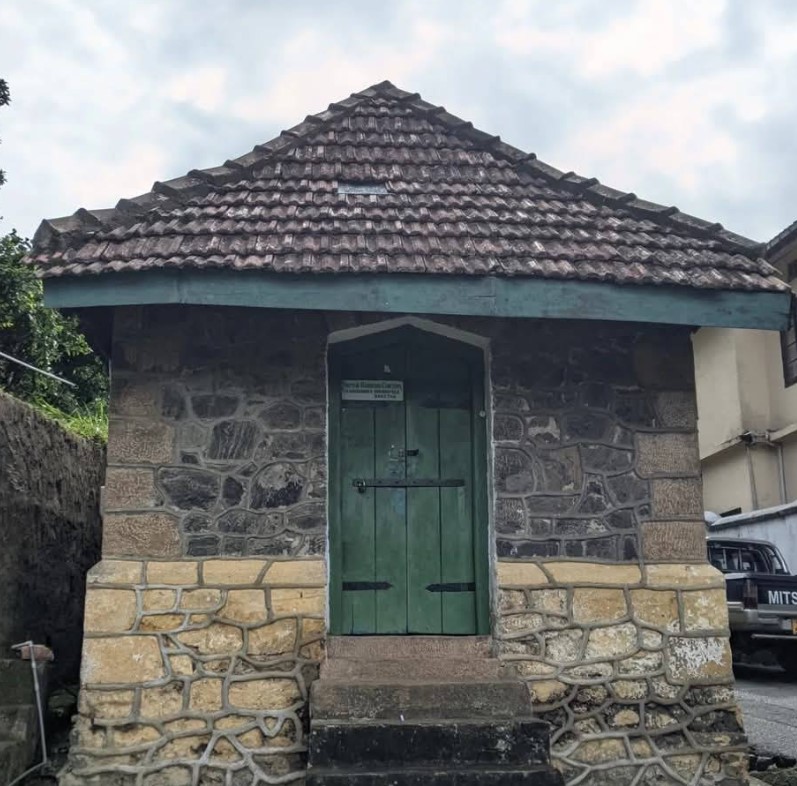
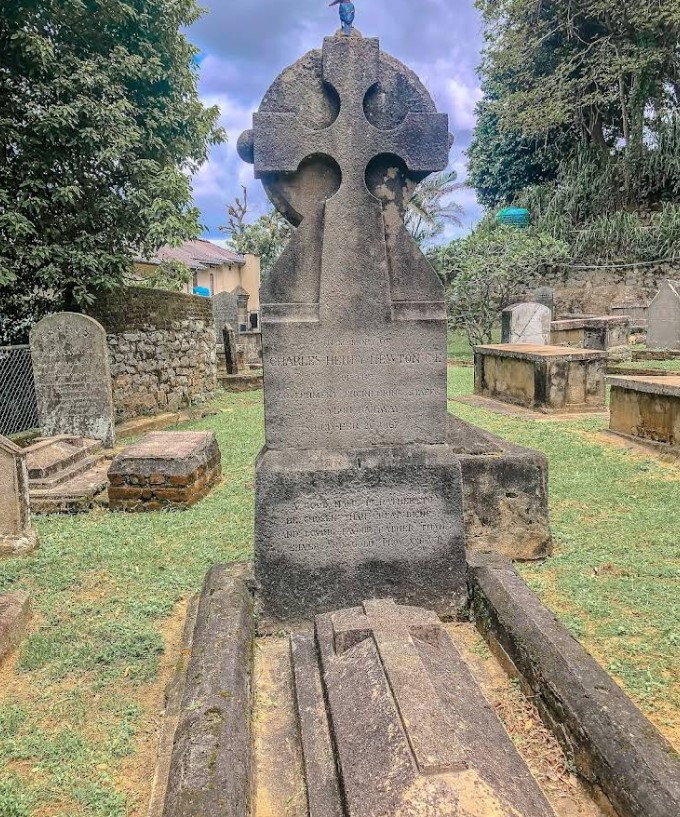
This cemetery was restored in 1998 by funding given by the Commonwealth War Graves Commission and is now maintained by an association called ‘The Friends of the British Garrison Cemetery in Kandy. The cemetery is within the grounds of the Sri Dalada Maligawa the cemetery is maintained by the British and the Lanka is maintained by the Diyawadana Nilame and the Chief Prelates.
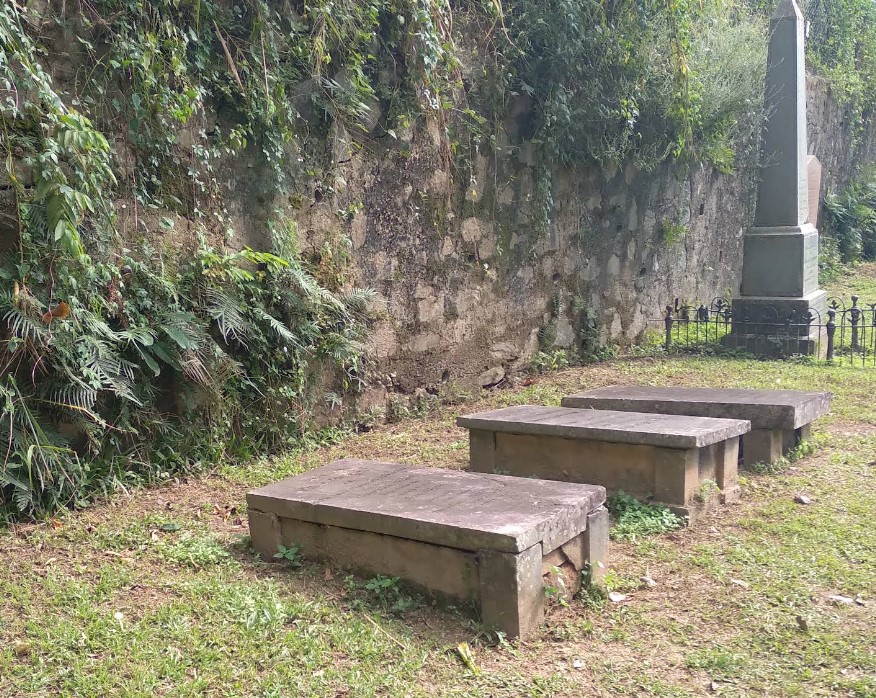
It was declared an Archaeological Protected Monument by the government on 22 July 2011. At a distance of 3 km from Kandy Railway Station, British Garrison Cemetery, also known as the Kandy Garrison Cemetery is a British cemetery located near the Temple of Sacred Tooth Relic. It is one of the best places to visit in Kandy.
It’s well worth visiting if you have time to explore Kandy on foot during your vacation in Sri Lanka. This post is about the cemetery, its location, history, and opening hours.
Visiting Information
- Opening Hours: 08:30 AM – 5:00 PM daily
- Entrance: Free
- Location: 7JVV+55F, Kandy, Sri Lanka
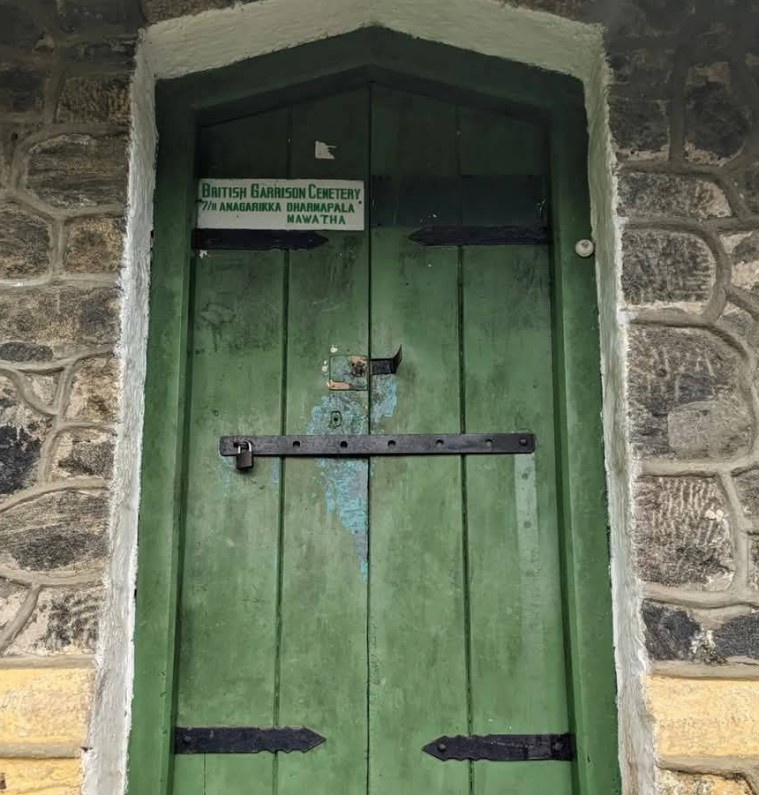
Getting There
- Walking: From the Temple of the Sacred Tooth Relic, exit towards the police station. Follow the signboards indicating the cemetery and proceed uphill for approximately 300 meters. The entrance will be on your left.
- Public Transport: Take a local bus from Kandy Bus Station heading towards Peradeniya. Inform the conductor to stop near the British Garrison Cemetery. From the bus stop, walk back about 100 meters to reach the cemetery entrance.
- Tuk-Tuk: Hire a tuk-tuk and request to be taken to the British Garrison Cemetery. The fare typically ranges from 300 to 500 LKR, depending on your starting point.
Tips for Visitors
- Best Time to Visit: Early morning or late afternoon for cooler temperatures and better lighting for photographs.
- Respectful Conduct: Maintain a quiet demeanor and respect the solemnity of the site during your visit.
- Photography: Bring a camera to capture the beautiful scenery and unique architecture of the tombstones.
Map of British Garrison Cemetery
